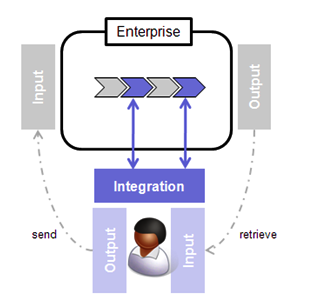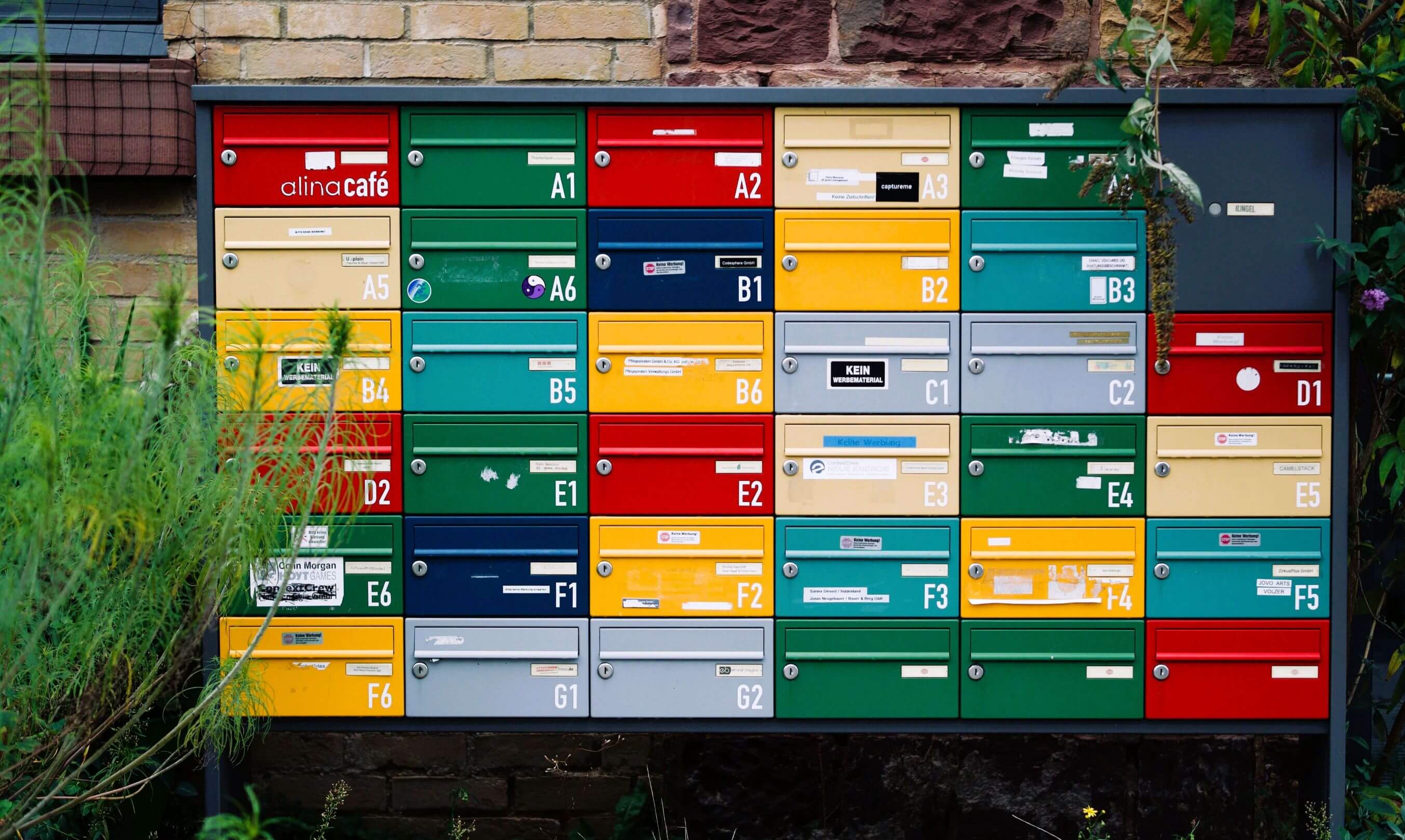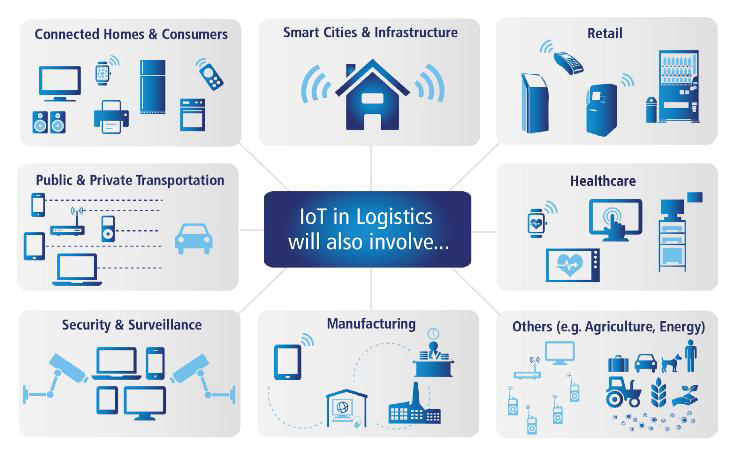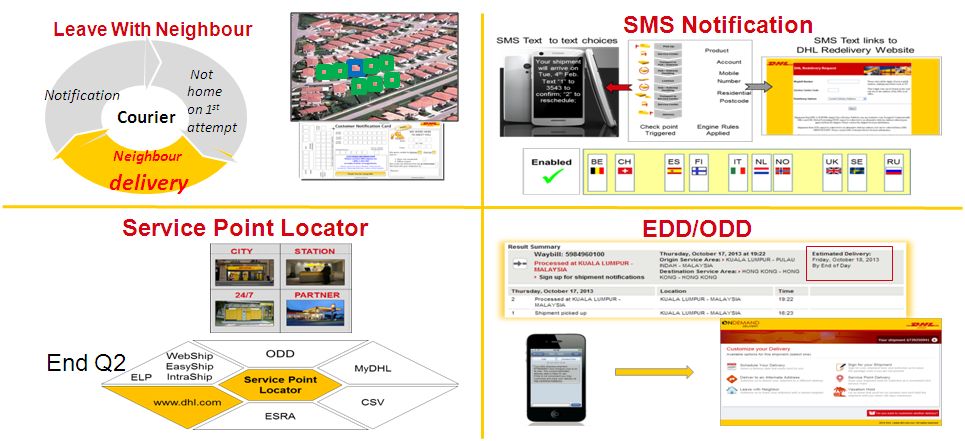- Home ›
- Digital Post Services ›
- Letter Mail Delivery Without the Post?
Letter Mail Delivery Without The Post?
Physical mail delivery volumes have plummeted. Postal services have responded with internet business models, offering secured digital communication & interaction.

At A Glance
It was only a few years ago that postal services ridiculed experts who pointed out that the increasing use of digital media will have a fundamental impact on letter mail volumes. Today the reverse is true; anyone claiming that the letter mail market is growing, & physical document-based communication has a great future, is regarded as unrealistic.
Today the majority of
daily document deliveries are made without the post – most documents are
indisputably digital in origin and are sent by electronic means. It is only a
matter of time before the last bills, policies, bank statements, business
documents, etc. are also delivered digitally.
This poses a direct threat to the current postal service business model which is focused on the needs of the sender (“push”) and last mile letter mail delivery.
Therefore, it’s ironic that the key drivers behind this development are the majority stakeholders of the postal services themselves - the national governments.
Consumers want digital delivery
Whether delivering parcels or letter mail, a business model that reflects consumers’ actual preferences and adds value (“pull”) is the one which will prevail.
In other words, where a recipient wishes their mailings to be deposited in a specific location and format, and is given a medium for indicating these preferences, one which meets all legal & regulatory guidelines, then the majority of recipients will adopt this medium.
It's all thanks to email...
Email is the internet’s ultimate killer application and extreme disruptive influence.
Traditionally, growth in letter mail volumes was directly linked to an economy’s compound annual growth rate (CAGR). Mail delivery volumes were a pretty good indicator of economic development. By the mid-1990s, however, the growth of email had destroyed this relationship.
Mass adoption of email has led to stagnating letter mail volumes, and even sharp falls in some countries (see Post Danmark). The CAGR of email, however, still exceeds 5% p.a.
In other words, any communication that can be sent digitally, will be.
The next stages in this revolution are:
- The substitution of standard email by secured digital communication, especially where personal and sensitive information is being sent.
- The substitution of transactional mail by new forms of secured interaction, making the communication logistics business model even more “pull”- oriented.
Secured digital communication - the same status as physical mail
The new secured electronic delivery business models that will arise in the coming 6-12 months, in Europe and the Far East, demonstrate that electronic delivery is not only a valid substitute for letter mail, it is also much more focused on the wishes and needs of the consumers.
The business model is changing fast. Communication logistics is data-centric and based on the preferences of both parties involved in any communication.
The old, analogue letter mail model becomes redundant – communication logistics needs neither last mile delivery infrastructure, nor the medium of paper to safeguard the integrity of the message:
- In today’s data-driven environment, the original is digital for all transactional mail. Letter mail is only the physical manifestation of the digital original – usually just a data printout, presented on a style sheet linked to the data.
- Secured electronic delivery systems gives digital communications the legal status of physical registered mail. Thus paper loses its role as physical evidence of written communication, and nothing stands in the way of the complete substitution of letter mail by its digital equivalent.
Communication logistics brings huge efficiency gains
The more digital communications enjoy additional security features, such as authenticating the participants in the communication and ensuring the integrity of the communication’s content, the faster the role of letter mail as a means of physical evidence will disappear.
The result? Recipients can be involved far earlier in the communications process.
This development is supported by hybrid mail, reverse hybrid mail, standards describing secured electronic postal services, postal electronic identities, and postal sector specific data protection regulations.
Together they pave the way for huge efficiency gains in consequential communications.
Output management becomes input management
The global network economy is based on data.
Data is shared by end customers with the organisations they wish to do business with. The data itself is identified and authenticated by trusted mediators, such as postal services, social platforms and ecosystems.
Governments are providing certain elements of this infrastructure, especially in Europe where the electronic identification of individuals is carried out by central civil registration offices.
As a result, the next generation postal network is much more focused on input, rather than output (see Macao Post):
 Figure 1: The item-driven, output management-focused postal business model of the past.
Figure 1: The item-driven, output management-focused postal business model of the past.The next generation postal network will enable individuals to authenticate themselves and directly manage their input themselves.
This leads to integration with ecosystems that interact directly with management systems at the core of the business transaction.
The result is an unforeseeable rise in efficiency. Being part of this new global ecosystem approach is therefore a matter of competitive advantage.
 Figure 2: The data-driven, input management-focused, postal internet business model of the future, creating an ecosystem that directly involves the customer.
Figure 2: The data-driven, input management-focused, postal internet business model of the future, creating an ecosystem that directly involves the customer.Postal services are driving this change
The Universal Postal Union (UPU), which maintains and governs the global postal delivery network, has understood the impact of digital communication on the traditional postal industry.
It is
responding by helping posts develop internet business models, extending postal service
provision into the internet using the UPU’s own secure and trusted digital
postal territory .post.
The global .post platform allows its members to offer services including hybrid mail, secured electronic postal services, postal registered E-mail, yellow page services, Postal eID, electronic postal certification marks and Postal-E-Mailboxes.
In essence this is a post-dominated, global communication logistics network, where the management of data prior to the handling of items, documents and services is the core competence and the added value proposition of modern postal services.
The question is, how fast will national postal services actively adopt .post, and how effectively can they leverage on .post to secure their futures in consequential communications, as physical mail delivery volumes continue to decline?
- Home ›
- Digital Post Services ›
- Letter Mail Delivery Without the Post?
Does this article cover a topic relevant to your business? Access the CLS Business Lounge for the market intelligence you need to stay ahead of the crowd. Find out more




















